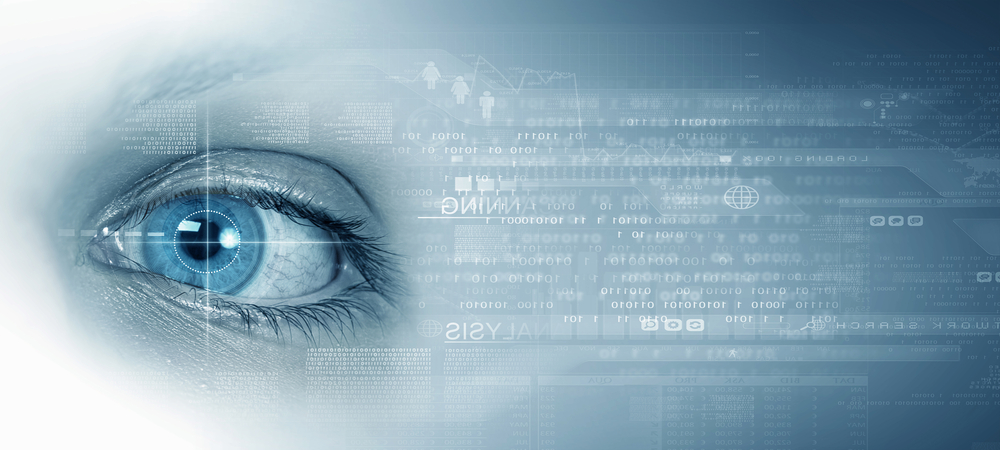The New Normal

The pandemic hit, and the world has changed forever. I do not mean to sound overdramatic, but having 100% remote working, and 100% e-business forced on much of the business world, we have had to learn a lot of rather uncomfortable lessons.
Many businesses learned that remote working is practical. Those office workers do not need to be office-based to be as productive, or maybe they can even be more productive. This helps the desire to reduce costs, but only if productivity can be maintained. And things such as mental health and the complex benefits of the water cooler can be replicated virtually.
Maybe (except for just one company in the world), everyone learned that their e-business processes were not able to deal with the kind of logistics and customer experience changes that a rapid change from physical relationship to a digital relationship demands.
And we also learned that security and compliance may become the largest line item in our business budget.
While before the pandemic the top three budgets were:
- The launch of new products
- The opening of new offices and factories
- The hiring of new salespeople
After the pandemic, the top three have become:
- Building a truly agile development and operations architecture
- Maximizing security and compliance
- Measuring and improving the customer experience
No one knows when the pandemic will truly be over, obviously, we all hoping the answer is “very soon”, but the experiences we have had, change everything.
The pandemic has also forced us all to look at globalization differently. The short-time cost savings of moving production to the lowest-cost place in the world is clearly offset by the risk of disrupted supply chains. Having regionally appropriate production may cost more initially, but it also guarantees supply if health, security, or political situations arise. It is likely that governments will apply a lot more taxation scrutiny on imports as well, changing the risk/benefit equation.
What is needed is the ability to change suppliers much faster, while ensuring you can maintain supply. And the ability to change the way suppliers and customers interact with your business digitally to deal with every change to the global ecosystem.
All of this demands incredibly agility and access to unprecedented volumes of accurate data. The classic methods companies have used to build and maintain systems and maintain performance may not be able to keep up or will at least become much more expensive.
Machine learning Artificial intelligence will be critical going forward, but so will every companies’ ability to exploit its existing systems.
One of the most under-utilized sets of business understanding has been the configuration information maintained in messaging middleware platforms. These systems demand millions of FTE hours of work to build and maintain, and they contain the richest description of how a business runs. Using the configuration of messaging middleware systems and the contents of messages can provide a business with an additional dimension of business and technical understanding.
Nastel technologies have spent over a quarter of a century building the world’s most advanced suite of products to exploit messaging middleware. We can help you use your existing investment to solve root cause performance and availability issues, solve compliance reporting issues, enhance your security posture, and improve the overall user experience.
The new normal demands a new way of thinking.
